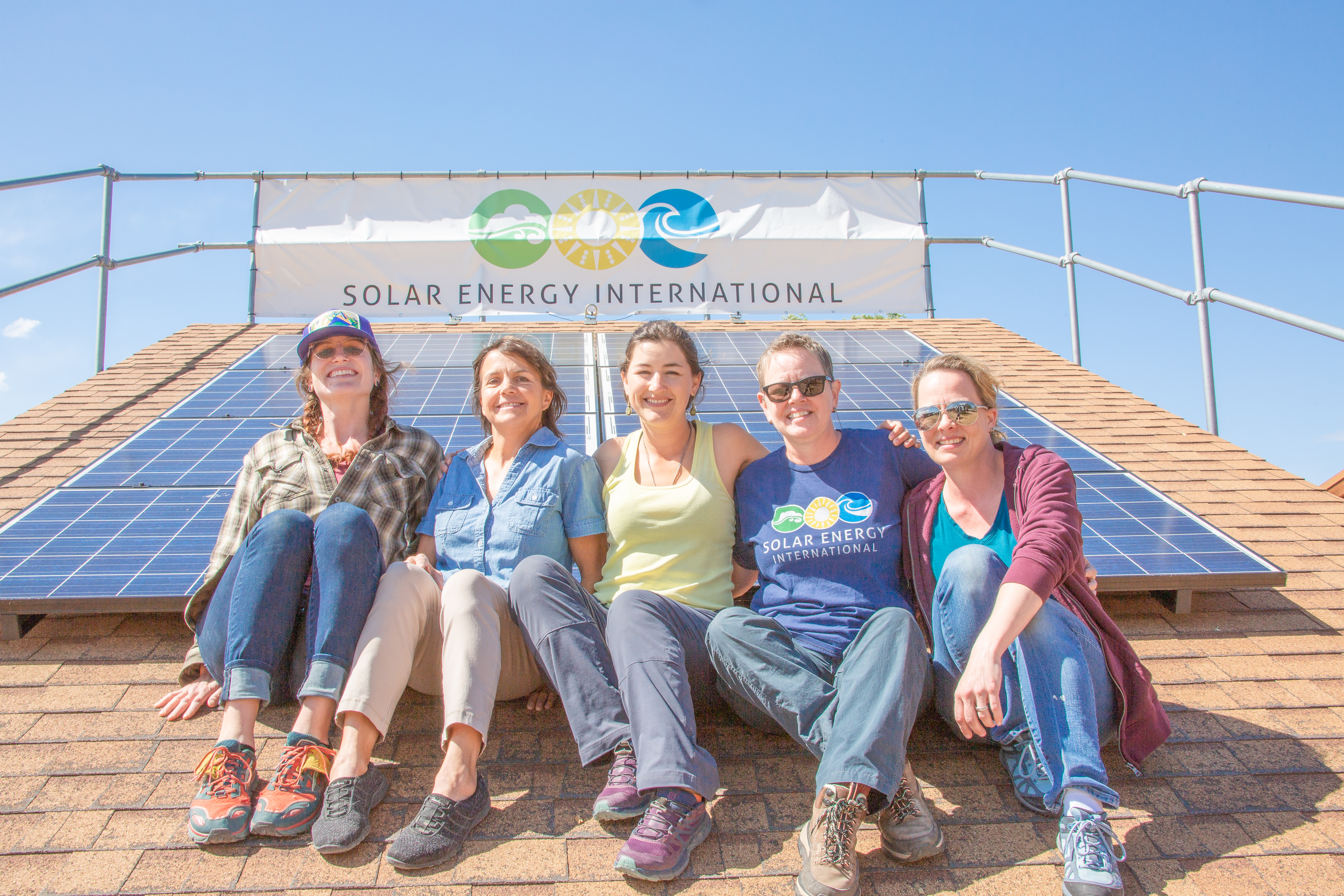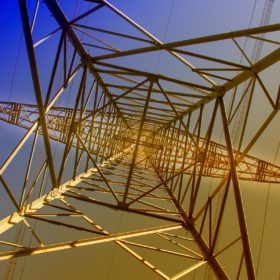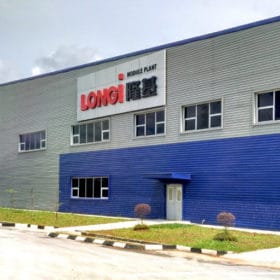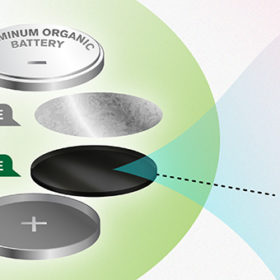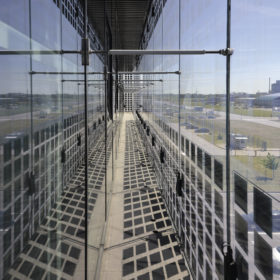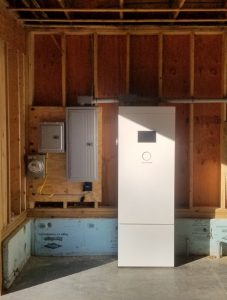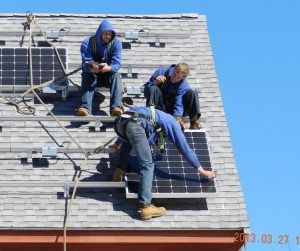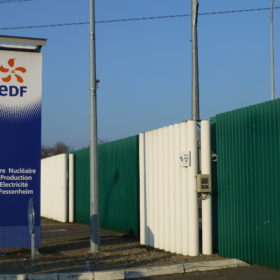
According to a report from Powering Peace, UN missions in the Democratic Republic of Congo may save much of their tight budgets by simply resorting to off-grid solar for powering their operations, instead of using polluting and costly diesel generators. According to the organization's experts, adding a 200 kW solar system with 200 kW/450 kWh of storage would reduce diesel consumption by 80% and allow 10-year savings of nearly US$2.6 million.
Off-grid solar and renewables may help the United Nations peacekeeping force in the Democratic Republic of the Congo improve its electricity supply, while also reducing its dependence on diesel generators, according to the report Renewable Energy and UN Peacekeeping, Untapped Potential in the Democratic Republic of Congo, published by Powering Peace, which is a joint research initiative of U.S.-based start-up, Energy Peace Partners and the Stimson Center, a US nonpartisan policy research center working to solve the world’s greatest threats to security and prosperity.
The report notes that the UN is active through the so-called Monusco missions in DR Congo with around 20,000 people and an annual budget of over $1 billion, and that its electricity consumption if of around 46.5 million kWh, of which around one third is covered by local utility SNEL, while the other two thirds are coming from diesel power generators.
Need for lowering costly diesel consumption
Solar has already showed how much power supply can be improved in critical areas with a 650 kW grid-connected solar plant installed on UN properties in Goma, which host their eastern headquarters, and is powering mainly the mission’s national air navigation service provider, but also solar security lighting and water heaters in the field offices. “There are no batteries to store the energy generated by the panels, but during daylight hours, the system is usually capable of supplying more than the hospital’s energy needs,” the authors of the study wrote.
But despite this exception, most of Monusco military bases in DR Congo are still being powered with diesel generators, which in many cases are old, inefficient and highly polluting. “To date, neither the United Nations’ overall goal to use more renewable energy nor its specific call in 2017 for more efficient generators (including hybrid solar generators) has been reflected in the headquarters-based process of recruiting and organizing TCC and PCC contingents,” the report also highlights. Off-grid PV may help reduce noise, fuel consumption and carbon emissions at the sites, as well as reducing expenditures associated with the fuel itsself, fuel transportation, generator maintenance, generators, and spare parts. And moreover, it has also the capability of providing a cheaper alternative, despite the difficulty of having the missions 12-month budget cycles.
Local solar providers
A possible option to source off-grid solutions, the report also notes, is engaging regional companies active in solar through the energy-as-a-service solar leasing model. “Adding a 200 kW solar system with 200 kW/450 kWh of batteries would reduce diesel usage for electricity generation by 80 percent, with a payback period of less than four years and 10-year savings of nearly US$2.6 million,” the paper’s authors calculated.
The economic analysis for the solar-plus-storage systems assumes a cost of $2.1 per watt installed for the PV installation and of $0.91 per kWh for the storage system.
The report also reveals that local company Kivu Green Energy installed the country’s first solar mini-grid of 55 kW in Beni, North Kivu, in 2017, and that it is also building a larger 1.3 MW solar mini-grid in Goma that is planned to become operational next month. The study also cites London-based off-grid solar system supplier Bboxx, which in alliance with telecommunications company Orange, sells and services solar kits to households and small businesses and counts 3,500 customers in Goma and 5,000 in Kinshasa.
Furthermore, it points out the company Altech which is said to have sold 120,000 solar lights and 30,000 solar kits across the DRC over the past five years.
The challenges posed by the high upfront cost for buying and deploying the PV systems should be addressed by using flexible financing solutions, as well as through the creation by the United Nation of a dedicated fund.
Benefits for local economy
Expanding the missions’ use of off-grid solar, the report further explains, would help boost the business of local solar companies, which could result in economies of scale and a decrease in prices that would then be passed on to Congolese consumers. “The positive local impacts could be multiplied further through additional training and capacity-building programs to help build the Congolese renewable energy sector,” the study also claims.
According to the paper, DR Congo has one of the world’s lowest access to electricity with only 19% of its around 80 million inhabitants currently being provided with power, and with rural areas having a percentage close to zero. The country, on the other hand, has no a unified power grid and its utility SNEL operates, at a limited service, through three different grids located in the west, the south, and the east, respectively. The company owns 14 hydroelectric and 36 thermal plants with a combined installed power of 2.59 GW, which represents around 94% of the country’s total generation capacity, with the remaining share coming from mini-grids operated by SNEL itself or other private entities.
Furthermore, the country has a very poor transmission capacity covering only a small portion of its surface with a bit less than 5,000 kilometers of medium-voltage lines and a little more than 12,000 kilometers of low-voltage lines.
Lắp đặt điện mặt trời Khải Minh Tech
https://ift.tt/2X7bF6x
0906633505
info.khaiminhtech@gmail.com
80/39 Trần Quang Diệu, Phường 14, Quận 3
Lắp đặt điện mặt trời Khải Minh Tech
https://ift.tt/2ZH4TRU

